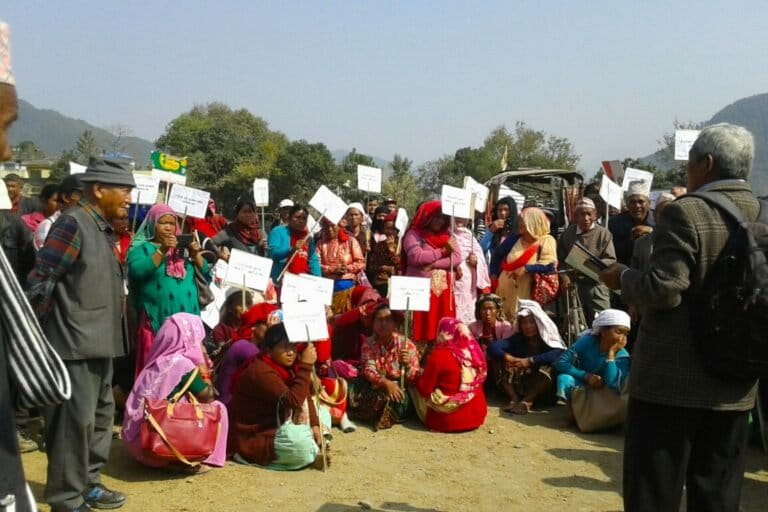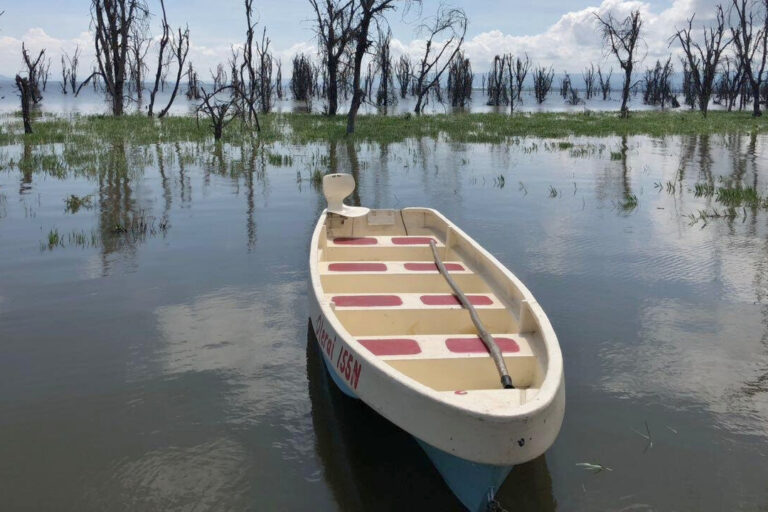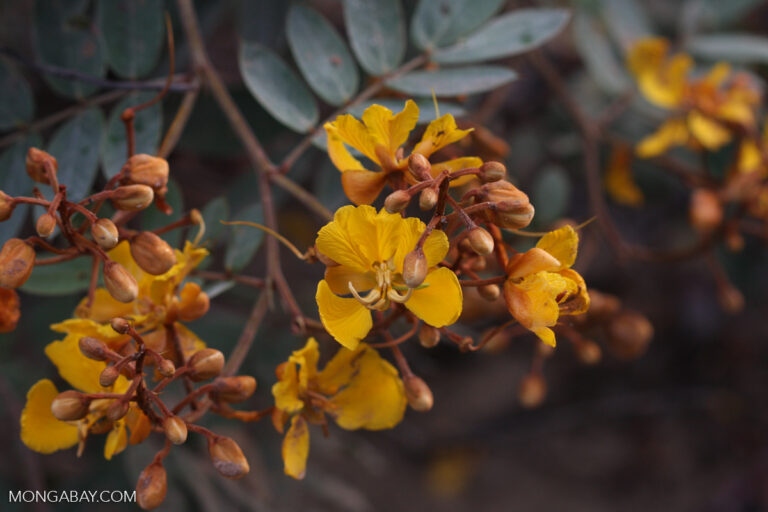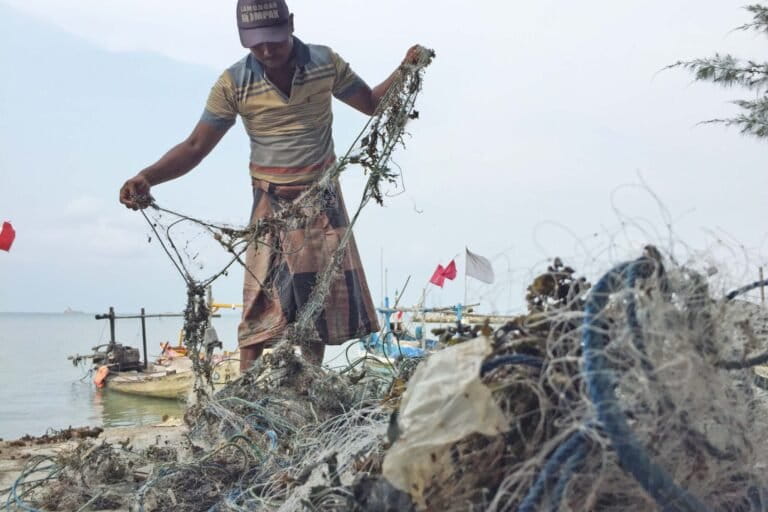- As one of the world’s most climate-vulnerable countries, the Philippines is known for its active participation in the global climate movement.
- Yet, mobilization at the grassroots level suffers from weak numbers.
- The key is to explain the issue of climate change in a way locals can relate to, groups say.
MANILA — As one of the world’s most climate-vulnerable countries, the Philippines is known for its active participation in the global climate movement and negotiations at various forums. But despite having dedicated groups leading the climate fight, with the latest addition of the youth-initiated Climate Strike Philippines, mobilization at the grassroots level suffers from weak numbers.
While up to a million people turned out in some developed countries for the Sept. 20 global climate strikes, only around 600 people gathered in Manila on Nov. 29 for the global day for action ahead of this week’s U.N. climate summit in Madrid.
The turnout pales in comparison to other major protests held in the country, Lidy Nacpil of the Asian People’s Movement on Debt and Development said at a press conference, and was even lower than the “couple of thousand” people that organizers had anticipated.
“It’s difficult when the issue is climate because we’re talking about future impacts,” Nacpil said, adding that other social issues, including poverty and unfair labor practices, rate higher on Filipinos’ list of priorities. “If it’s about other issues, the response is usually higher because the impacts are already being felt by people.”
And while some countries have already integrated climate change studies in their school curriculums, the Philippines is still in the process of doing so. Italy announced that it would become the first country to require climate change classes for students. “It’s not yet like that for us,” Nacpil said. “We have to rely on our limited reach.”
Discussions on climate change on the grassroots level are limited, she said, and “won’t be enough to convince ordinary Filipinos to join the strikes.” Interest in the issue tends to give way to the more tangible problems of “food, livelihood and wages.”
Flora Santos of Oriang, a local women’s group, said the key is to explain the issue of climate change in a way locals can relate to. “They see how important it is because of their own experiences with typhoons, flooding, drought,” she said. “They feel that the issue is urgent.”
The organizers said it will be a big challenge to drum up support for the climate strikes in the run-up to 2020, considered a turning point as it will determine whether nations can meet their commitments to limiting greenhouse gas emissions and capping the global temperature rise to less than 2 degrees Celsius (3.6 degrees Fahrenheit) above pre-industrial levels.
Banner image of activists and youth climate strikers on Mendiola, a famed site for street demonstrations in the Philippines, braving the deluge to call for climate action. Image courtesy of Greenpeace Philippines
FEEDBACK: Use this form to send a message to the author of this post. If you want to post a public comment, you can do that at the bottom of the page.














